
Wadden Sea National Park: Denmark's Coastal Jewel
Discover the Wadden Sea National Park in Denmark: a UNESCO World Heritage site teeming with wildlife, stunning landscapes, and unique tidal flats. A nature lover's paradise.
Wadden Sea National Park is a unique and beautiful destination located on the western coast of Denmark. This UNESCO World Heritage site is known for its vast tidal flats, diverse wildlife, and stunning landscapes. It stretches over 1,459 square kilometers and offers a variety of activities for nature lovers and adventure seekers alike. The park is home to an incredible array of birds, seals, and other marine life. During low tide, you can walk on the seabed and explore the fascinating world of mudflats. Bird watchers will be delighted by the sight of thousands of migratory birds that stop here during their long journeys. The park's visitor centers provide information on the best spots for bird watching and seal sightings. For those who enjoy outdoor activities, Wadden Sea National Park offers guided tours, hiking trails, and boat trips. You can also try your hand at oyster picking or simply enjoy a picnic on one of the many scenic beaches. The park is a great place to relax and connect with nature. Whether you are looking for a peaceful retreat or an exciting adventure, Wadden Sea National Park has something to offer everyone.
Local tips in Wadden Sea National Park
- Check the tide schedule before your visit to make the most of your time exploring the mudflats.
- Bring binoculars for bird watching and spotting seals from a distance.
- Wear waterproof boots or shoes suitable for walking on wet and muddy surfaces.
- Visit the park's visitor centers for maps, guided tour information, and tips on the best spots to explore.
- Consider a boat tour to explore the park from a different perspective and learn more about its unique ecosystem.
Wadden Sea National Park: Denmark's Coastal Jewel
Wadden Sea National Park is a unique and beautiful destination located on the western coast of Denmark. This UNESCO World Heritage site is known for its vast tidal flats, diverse wildlife, and stunning landscapes. It stretches over 1,459 square kilometers and offers a variety of activities for nature lovers and adventure seekers alike. The park is home to an incredible array of birds, seals, and other marine life. During low tide, you can walk on the seabed and explore the fascinating world of mudflats. Bird watchers will be delighted by the sight of thousands of migratory birds that stop here during their long journeys. The park's visitor centers provide information on the best spots for bird watching and seal sightings. For those who enjoy outdoor activities, Wadden Sea National Park offers guided tours, hiking trails, and boat trips. You can also try your hand at oyster picking or simply enjoy a picnic on one of the many scenic beaches. The park is a great place to relax and connect with nature. Whether you are looking for a peaceful retreat or an exciting adventure, Wadden Sea National Park has something to offer everyone.
When is the best time to go to Wadden Sea National Park?
Iconic landmarks you can’t miss
Schleswig-Holstein Wadden Sea National Park
Explore the Schleswig-Holstein Wadden Sea National Park, a UNESCO World Heritage Site, and discover a unique landscape of tidal flats, diverse wildlife, and charming coastal towns.
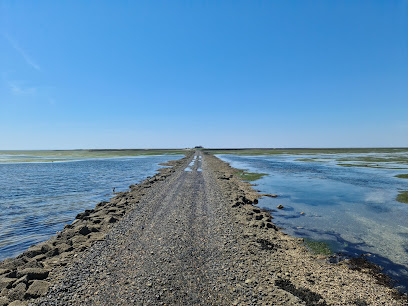
Stevns Klint UNESCO World Heritage
Explore Stevns Klint, a UNESCO World Heritage site in Denmark, where dramatic chalk cliffs reveal the asteroid impact that wiped out the dinosaurs, offering a unique journey through Earth's history and natural beauty.
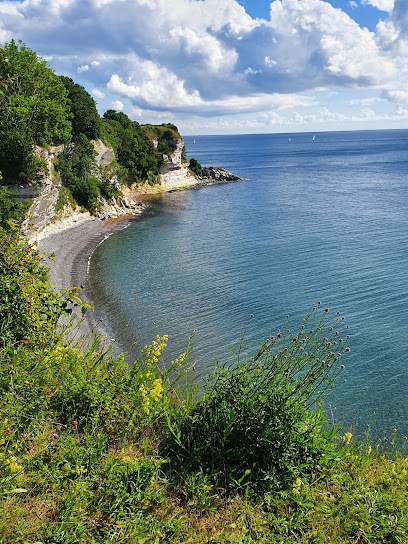
Vadehavscentret
Discover the Wadden Sea National Park at Vadehavscentret: Explore unique ecosystems, witness migratory birds, and experience Denmark's natural wonder, a UNESCO World Heritage Site.
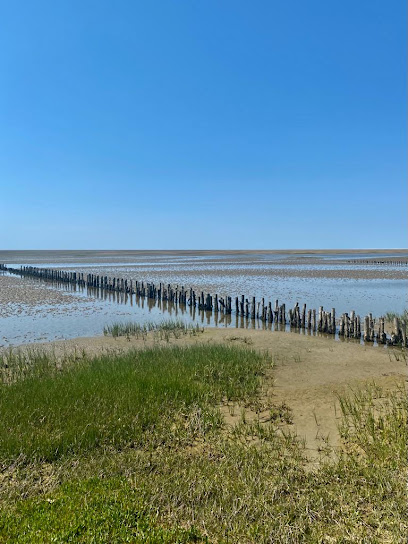
Skovlegeplads
Discover Skovlegeplads in Fanø, where nature meets adventure in a delightful playground for families and children.
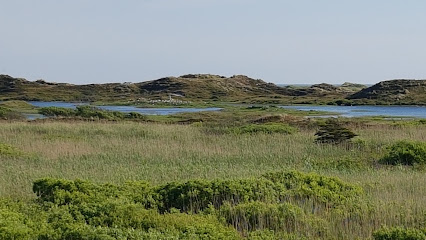
Højer Sluse
Discover the historic Højer Sluse, a gateway to the Wadden Sea National Park, offering insights into coastal defense and the region's unique natural beauty.
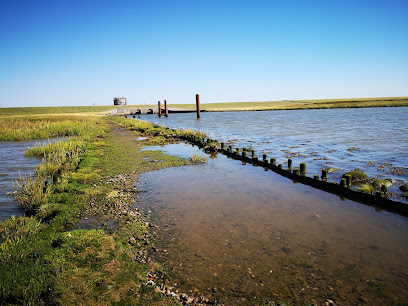
Rømødæmningen
Experience the breathtaking beauty of the Wadden Sea from Rømødæmningen, the gateway to Rømø Island, offering stunning views and access to unique coastal landscapes and rich biodiversity.
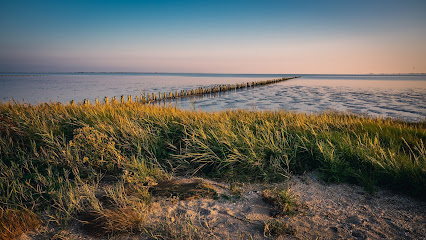
Skallingen Ende
Experience the untamed beauty of Skallingen Ende, where the Wadden Sea's raw coastal landscape meets dramatic dunes and rich birdlife, offering a unique escape into nature's embrace.
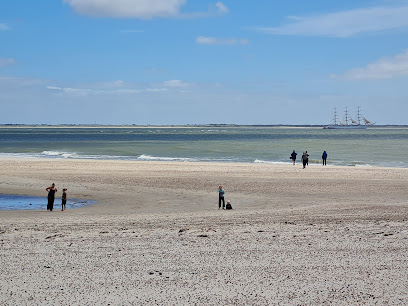
Essential places to dine
Restaurant Sælhunden
Historic harborside eatery in Ribe serving Danish and Wadden Sea specialties, blending maritime ambiance, local ingredients, and authentic regional flavors.
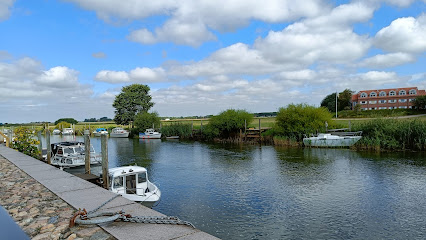
Restaurant Silo
Experience modern Nordic cuisine at Restaurant Silo with stunning harbor views and locally-sourced ingredients in Copenhagen's Østerbro.
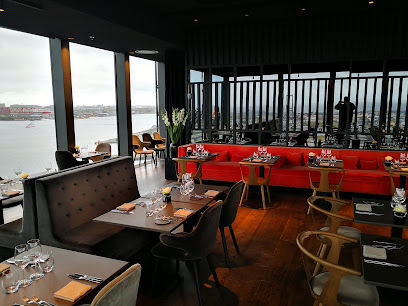
Refborg Hotel
Experience luxury at Refborg Hotel in Billund - gourmet dining, event spaces, and close proximity to LEGOLAND.

Ho Kro
Experience authentic Danish cuisine and hospitality at Ho Kro, a historic inn near Wadden Sea National Park.
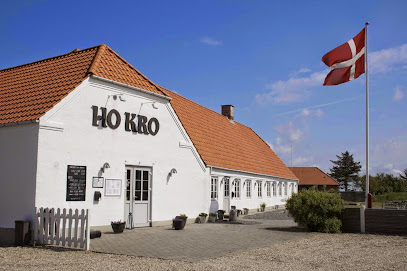
Kammerslusen Ribe
Historic lockhouse restaurant where Danish culinary tradition meets panoramic marshland vistas, nestled at the gateway to the Wadden Sea near Ribe.
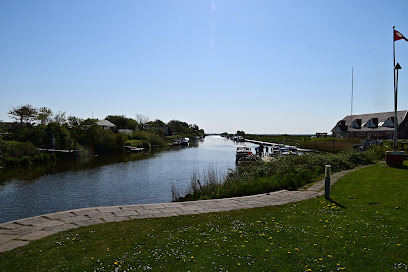
Skipperhuset Fredensborg
Experience authentic Danish cuisine at Skipperhuset Fredensborg – where fresh ingredients meet warm hospitality in a charming setting.
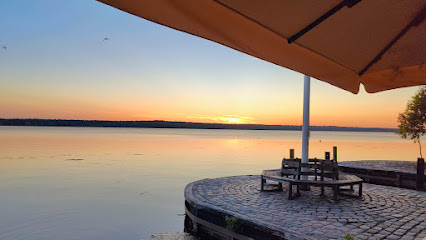
Mandøpigen: Cafe, Turbåd & Lejligheder
Island café, apartments, and boat tours at the heart of Mandø, offering homecooked Danish fare and authentic village charm within the Wadden Sea National Park.
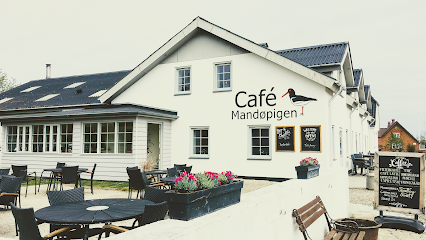
Mandø Kro I/S
Experience authentic Danish cuisine and cozy island hospitality at Mandø Kro, the historic heart of Mandø village in Denmark’s wild Wadden Sea National Park.
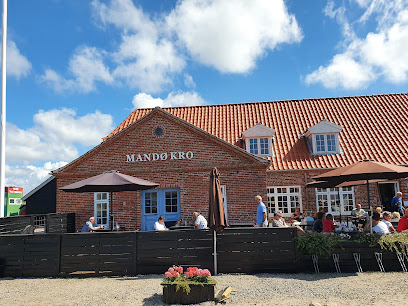
Ti Trin Ned
Experience unparalleled dining at Ti Trin Ned in Fredericia - where creativity meets culinary excellence in an elegant setting.
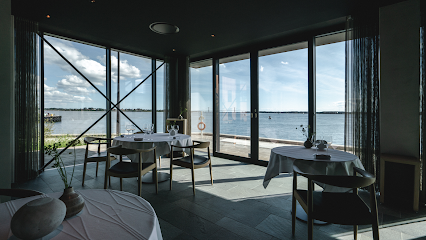
KlitHus Mandø
Experience timeless Danish hospitality at KlitHus Mandø—a cozy hotel and restaurant set amid Mandø’s tidal landscapes in the heart of the Wadden Sea National Park.

Restaurant Marsk
Savor Nordic-inspired cuisine with panoramic views of the Wadden Sea at Restaurant Marsk in Skærbæk.
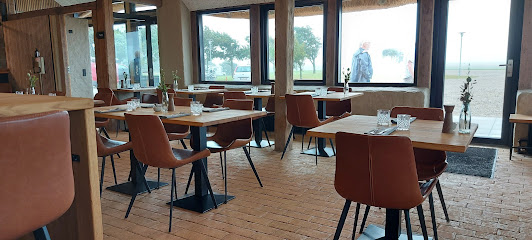
Refborg Restaurant
Discover Refborg Restaurant in Billund - where local flavors meet warm hospitality in an unforgettable dining experience.
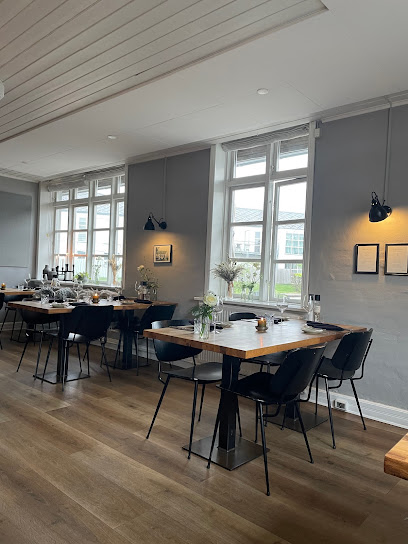
Restaurant Strandpavillonen
Discover Danish coastal cuisine with panoramic sea views at Restaurant Strandpavillonen, a beloved Esbjerg V classic beside the beaches of the Wadden Sea National Park.
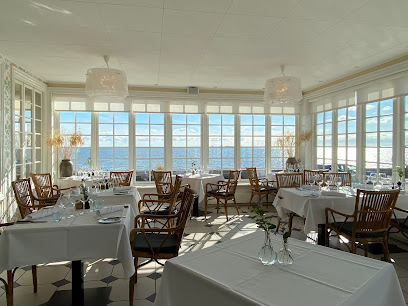
Local Phrases about Wadden Sea National Park
-
- HelloHej
[hey] - GoodbyeFarvel
[far-vel] - YesJa
[yah] - NoNej
[nay] - Please/You're welcomeVær så god
[ver sa go] - Thank youTak
[tahk] - Excuse me/SorryUndskyld
[oon-skul] - How are you?Hvordan har du det?
[vor-dan har doo deh] - Fine. And you?Fint. Og dig?
[feent oh dee] - Do you speak English?Taler du engelsk?
[tah-ler doo eng-elsk] - I don't understandJeg forstår ikke
[yay for-stor ee-keh]
- HelloHej
-
- I'd like to see the menu, pleaseJeg vil gerne se menuen, tak
[yay vil gehr-neh seh meh-noo-en tahk] - I don't eat meatJeg spiser ikke kød
[yay spee-ser ee-keh kerth] - Cheers!Skål!
[skawl] - I would like to pay, pleaseJeg vil gerne betale, tak
[yay vil gehr-neh beh-tah-leh tahk]
- I'd like to see the menu, pleaseJeg vil gerne se menuen, tak
-
- Help!Hjælp!
[yelp] - Go away!Gå væk!
[goh veck] - Call the Police!Ring til politiet!
[ring teel pol-ee-tee-et] - Call a doctor!Ring til en læge!
[ring teel en lay-eh] - I'm lostJeg er tabt
[yay er tahb] - I'm illJeg er syg
[yay er soog]
- Help!Hjælp!
-
- I'd like to buy...Jeg vil gerne købe...
[yay vil gehr-neh ker-buh] - I'm just lookingJeg kigger bare
[yay kee-geh bar-eh] - How much is it?Hvor meget koster det?
[vor meh-geh ko-stehr deh] - That's too expensiveDet er for dyrt
[deh er for deert] - Can you lower the price?Kan du sænke prisen?
[kahn doo sahn-keh pree-sen]
- I'd like to buy...Jeg vil gerne købe...
-
- What time is it?Hvad er klokken?
[vah er klok-en] - It's one o'clockDen er et
[deh er et] - Half past (10)Halv ti
[hahlv tee] - MorningMorgen
[mor-gen] - AfternoonEftermiddag
[ef-ter-mee-dag] - EveningAften
[af-ten] - YesterdayI går
[ee gor] - TodayI dag
[ee dah] - TomorrowI morgen
[ee mor-gen] - 1Et
[et] - 2To
[toh] - 3Tre
[treh] - 4Fire
[fee-reh] - 5Fem
[fem] - 6Seks
[seks] - 7Syv
[soov] - 8Otto
[ot-toh] - 9Ni
[nee] - 10Ti
[tee]
- What time is it?Hvad er klokken?
-
- Where's a/the...?Hvor er en/et...?
[vor er en/et] - What's the address?Hvad er adressen?
[vah er a-dres-en] - Can you show me (on the map)?Kan du vise mig (på kortet)?
[kahn doo vee-seh mee (poh kohr-teh)] - When's the next (bus)?Hvornår er næste (bus)?
[vor-nar er nay-steh (boos)] - A ticket (to ....)En billet (til ....)
[en bee-leht (teel)]
- Where's a/the...?Hvor er en/et...?
History of Wadden Sea National Park
-
The Wadden Sea, part of the North Sea coastline, formed over the last 10,000 years through a combination of natural processes including sediment deposition and tidal movements. Originally a series of shallow bays and estuaries, the area evolved into the unique intertidal zone we see today, characterized by its extensive mudflats, salt marshes, and tidal channels.
-
During the Viking Age, around 800-1050 AD, the Wadden Sea region was inhabited by Norse settlers. Archaeological finds, such as shipwrecks and ancient ports, indicate that the area was a bustling hub for trade and maritime activities. The Vikings used the Wadden Sea's intricate network of waterways to navigate and expand their trade routes across Europe.
-
From the 12th century onwards, medieval communities began extensive land reclamation projects to convert the tidal marshlands into arable farmland. This was achieved through the construction of dikes and drainage systems. These efforts not only expanded agricultural lands but also shaped the region’s landscape, creating polders that are still visible today.
-
The Wadden Sea region has a history of destructive storm floods, with significant events occurring in 1362, known as the Grote Mandrenke, and in 1634, the Burchardi Flood. These catastrophic floods caused massive loss of life and property, leading to the abandonment of some settlements and the reinforcement of sea defenses.
-
Recognizing the ecological importance of the Wadden Sea, Denmark established the Wadden Sea National Park in 2010. The park is part of the larger Wadden Sea UNESCO World Heritage Site, shared with Germany and the Netherlands. It aims to protect the region's unique biodiversity, including its vital role as a habitat for migratory birds and marine life.
-
The local communities around the Wadden Sea have a rich cultural heritage, reflected in their traditional practices such as fishing, oyster farming, and salt production. Festivals and events celebrating maritime culture, like the annual Oyster Festival in Rømø, highlight the region's connection to the sea and its resources.
Wadden Sea National Park Essentials
-
Wadden Sea National Park in Denmark is easily accessible from various parts of the country. The nearest major airport is Billund Airport, approximately 90 kilometers away. From Billund, you can rent a car or take a combination of trains and buses to reach the park. Alternatively, Esbjerg Airport is much closer (around 50 kilometers), but it has limited flight options. If you are coming from Copenhagen, you can take a train to Esbjerg, followed by a bus or taxi to the park.
-
Within Wadden Sea National Park, transportation options include local buses, taxis, and bike rentals. Many areas of the park are best explored on foot or by bicycle to fully appreciate the scenery. Car rentals are available for those who prefer driving, but be mindful of parking restrictions and protected areas where vehicles are not allowed. Public transport is efficient and connects most of the key locations within and around the park.
-
The official currency in Denmark is the Danish Krone (DKK). Credit and debit cards are widely accepted, including in smaller towns and at most attractions within the park. However, it's advisable to carry some cash for small purchases, especially in remote areas. ATMs are available in nearby towns such as Esbjerg and Ribe.
-
Wadden Sea National Park is generally very safe for tourists. There are no specific high-crime areas targeting tourists, but standard precautions should still be taken. Keep an eye on personal belongings in crowded areas and avoid leaving valuables in unattended vehicles. The natural environment can pose risks, such as rapidly changing tides, so always check local tide schedules and follow safety guidelines.
-
In case of an emergency, dial 112 for immediate assistance. This number can be used to reach police, fire, and medical services. The nearest hospitals are located in Esbjerg and Ribe. It is recommended to have travel insurance that covers medical emergencies. There are also several first aid stations located within the park, and park rangers are trained to handle emergencies.
-
Fashion: Do dress in layers and wear waterproof clothing, as the weather can be unpredictable. Avoid wearing flashy or expensive jewelry. Religion: Do respect local customs and traditions, though there are no specific religious sites within the park. Public Transport: Do be punctual and respectful to drivers and fellow passengers. Don't make excessive noise or eat smelly foods on public transport. Greetings: Do greet people with a friendly 'Hej' (Hi) or 'Goddag' (Good day). A handshake is also appropriate. Eating & Drinking: Do try local seafood delicacies and respect local dining etiquette. Don't leave food waste in the park; always use designated bins.
-
To experience Wadden Sea National Park like a local, consider joining a guided mudflat hiking tour, which offers insights into the unique ecosystem. Visit the local fish markets in towns like Esbjerg and Ribe for fresh catches. Engage with local fishermen and learn about traditional fishing methods. Don’t miss the annual Wadden Sea Festival, which showcases local culture, food, and music. For birdwatchers, the park is a paradise, so bring your binoculars and visit the designated birdwatching areas.
Nearby Cities to Wadden Sea National Park
-
Things To Do in Esbjerg
-
Things To Do in Kolding
-
Things To Do in Vejle
-
Things To Do in Sønderborg
-
Things To Do in Herning
-
Things To Do in Horsens
-
Things To Do in Odense
-
Things To Do in Silkeborg
-
Things To Do in Viborg
-
Things To Do in Nyborg
-
Things To Do in Aarhus
-
Things To Do in Randers
-
Things To Do in Kalundborg
-
Things To Do in Slagelse
-
Things To Do in Næstved









